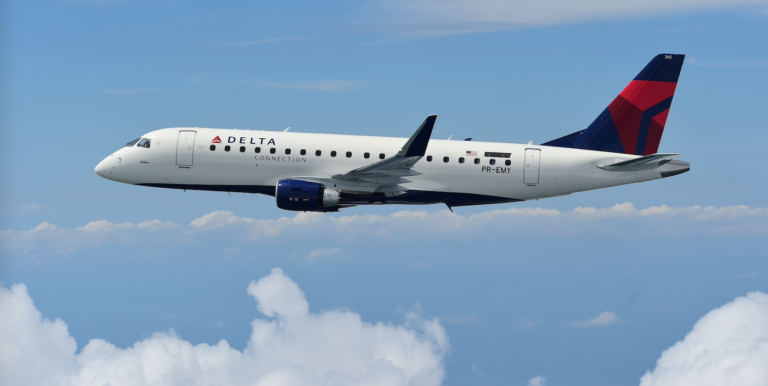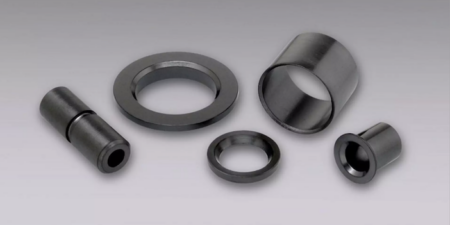Delta Air Lines has selected an inflight connectivity system from Hughes Network Systems (Hughes) to power its passenger wi-fi services on more than 400 aircraft serving North America routes, namely Boeing 717s and regional jets. The programme is already underway and on schedule, with initial installations expected to begin in mid-2024.
The lightweight Hughes technology is designed for commercial aircraft, combining the artificial intelligence and machine-learning-powered Hughes In-Flight management system with a multi-orbit antenna and Hughes Jupiter Ka-band satellite capacity. Hughes says the system can deliver reliable gate-to-gate in-flight connectivity (IFC), even over busy airport hubs.
“Delta is committed to delivering a reliable wi-fi experience to all our passengers, including those flying on our regional carriers,” said Glenn Latta, managing director of IFEC at Delta. “Our partnership with Hughes to create a low-weight, high-capability, gate-to-gate solution for our regional fleet brings us ever closer to fleet-wide connectivity at the speed and reliability our customers expect, and unlocks our ability to elevate the experience further in the years to come.”
The Hughes In-Flight system can operate on Jupiter-enabled Ka-band high-throughput satellites around the world, supporting seamless roaming. The solution is also forward-compatible with the Hughes Jupiter 3 ultra-high-density satellite, which the company claims is the largest commercial communications satellite ever built. Jupiter 3 was launched in July and will enter service later this year.
The Hughes system is also compatible with additional Ka-band satellite systems, providing airlines with a means to gain even wider coverage and lower latency services as they come online.





